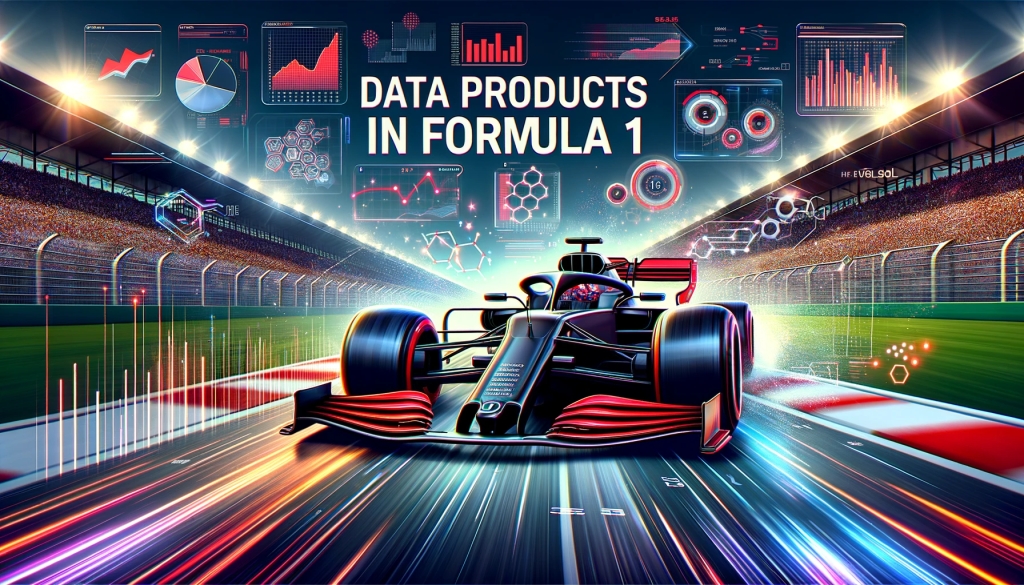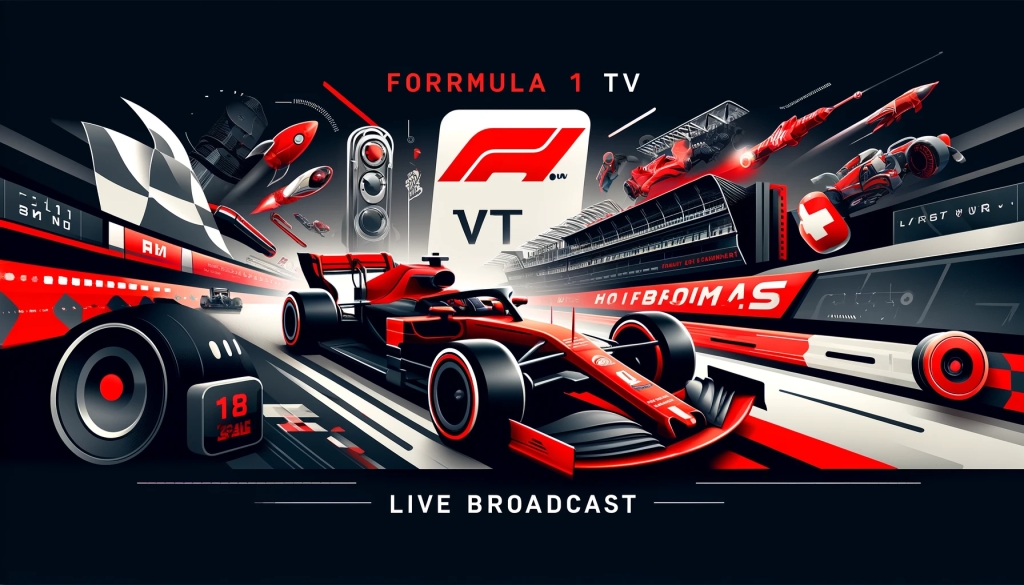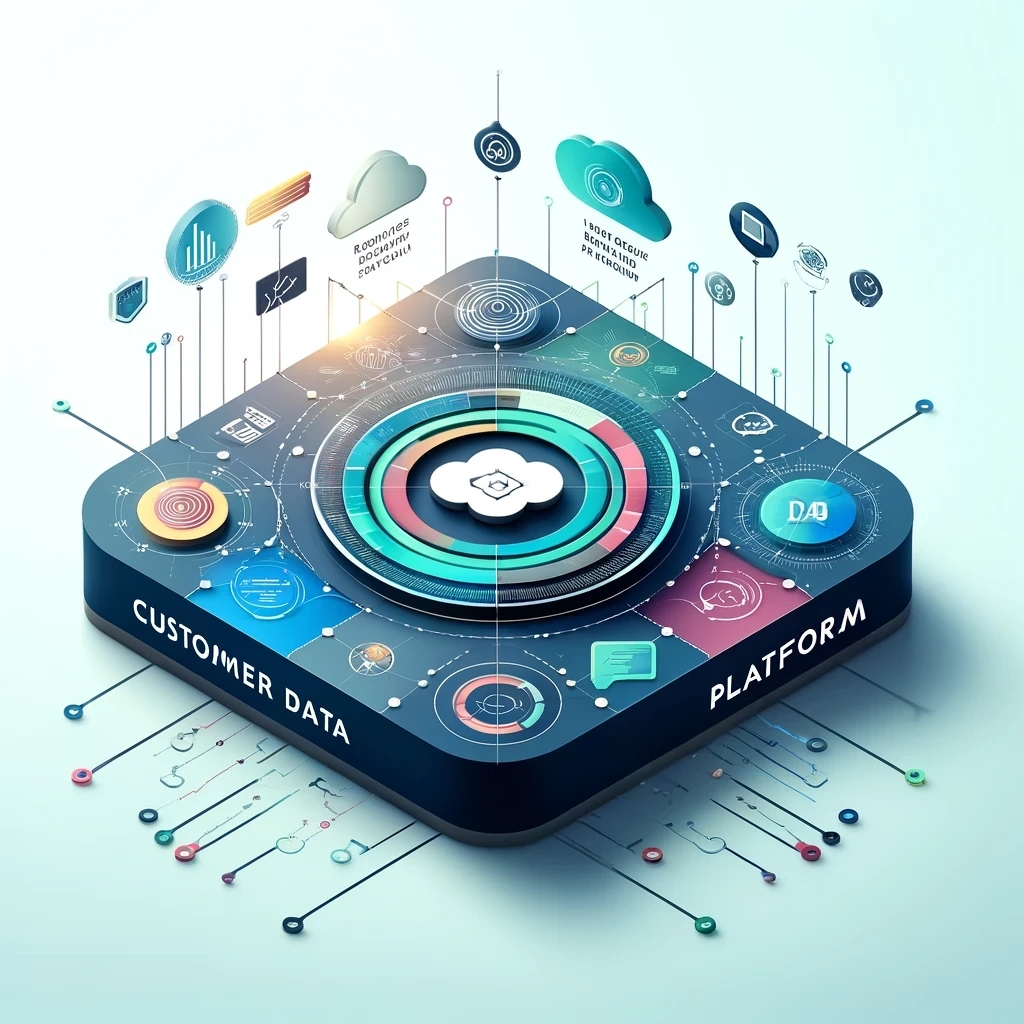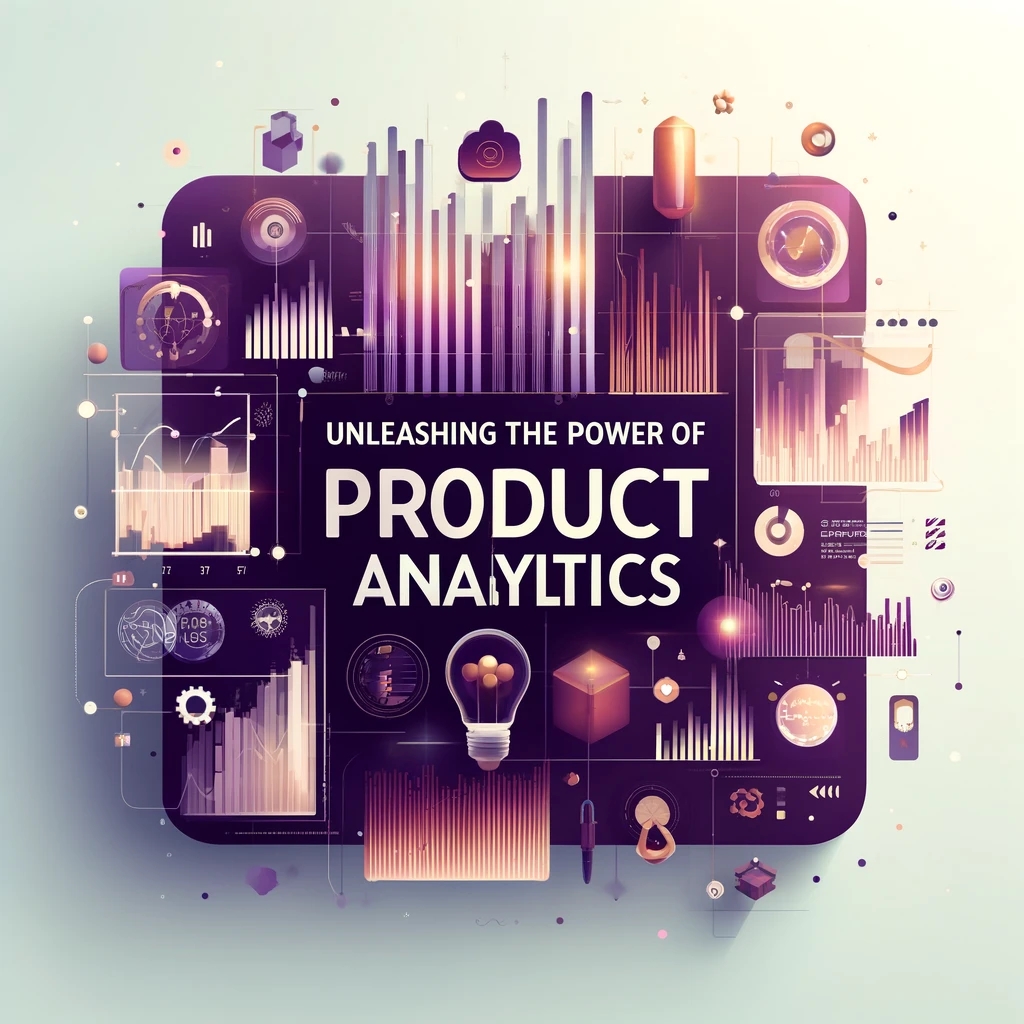In the high-octane world of Formula 1, data plays a pivotal role in driving performance, strategy, and innovation. The marriage of speed and technology is epitomized by the extensive use of data products that offer insights and enhance decision-making processes both on and off the track. Fans get a deeper understanding of what is happening in the game at a very deep level and how strategies are playing out.

Data in Formula 1 isn’t just about numbers; it’s about gaining a competitive edge. Teams collect vast amounts of data from their cars during races and practice sessions. This data includes everything from tire pressure, tyre wear, break balance, fuel consumption, battery power, malfunctions, communication system, to aerodynamic efficiency and engine performance. By analyzing these data points, teams can fine-tune their strategies, optimize car performance, and make real-time decisions that can lead to victory. Fans also get closer to the race and the team by using data as they can also use data to make three own strategy and get involved at higher level.
Welcome to the first entry in our series on Data Products in Formula 1. In this series, we will delve into the fascinating world of real time telemetry and data analysis, exploring how these cutting-edge technologies are revolutionizing the sport and engaging fans. From real-time insights to strategic innovations, data products are making Formula 1 more exciting and competitive than ever before.
In this Series, I will talk about the following Data Products in Formula1

Realtime Grid Position and Lap Time: This data product displays the starting positions of cars based on qualifying performance and while race it displays the real-time positions of the driven and provides lap times. Fans can understand how drivers performed during qualifying and anticipate the potential dynamics of the race start, while also keeping track of lap times throughout the race.

Pitstop Time: Tracks the duration of pit stops. Fans can see how quick and efficient teams are during pitstops, adding an element of excitement and strategy to the race.
Real-time Gap Between Drivers: Provides real-time information on the time intervals between drivers. Viewers can track the battles on the track, seeing who is closing in on whom, which heightens the suspense.
Fastest Lap: Captures the fastest lap times set by drivers. This keeps fans engaged by showcasing standout performances during the race.
Gap in Meters in Real-time: Measures the physical distance between cars on the track. This visual representation helps fans understand the race dynamics and see how close the competition is.
Communication of Red and Yellow Flags: Facilitates the communication of safety warnings to teams and drivers. Fans can quickly understand the status of the race and the implications of any incidents.
The Telemetry View: A comprehensive display of segment times with fast/slow indications. Fans get a detailed view of how drivers are performing in different sections of the track.
Multi-camera Views: Provides multiple camera angles for a more immersive and detailed view of the race. Fans can see different perspectives and catch all the action from various viewpoints.
Speed Traps: Measures the speed of cars at specific points on the track. Viewers can see the top speeds reached by the cars, adding to the thrill of the race.
Wall Distance Detection: Uses sensors to detect the proximity of barriers. This ensures safety and allows fans to appreciate the precision required to drive at such high speeds.
Reaction Time Calculation: Measures the reaction times of drivers during starts and critical moments. Fans can marvel at the drivers’ quick reflexes and skill.
0 to 100 and 0 to 200 KMPH Time: Tracks acceleration performance. Viewers can see how quickly cars can reach high speeds, showcasing the power and engineering prowess of the vehicles.
All Sensor Data: Collects comprehensive data from all sensors on the car. This provides a wealth of information that commentators can use to explain the intricacies of the race to fans.
Brake | Acceleration | G-Force: Monitors the forces acting on the car and driver. Fans can see the physical challenges drivers face, adding a layer of appreciation for their athleticism and endurance.
What’s Next?
In the upcoming entries, we will dive deeper into each of the above mentioned data products, their design and engineering and how they engage users and the impact on F1 business. We will also look at how telemetry is conducted in Formula 1 from a data product point of view. We will explore the sensors used, the type of data collected, and how teams interpret this data to make real-time decisions that can influence race outcomes. We will also look at specific data products and software tools that are integral to modern Formula 1 racing.




Leave a comment